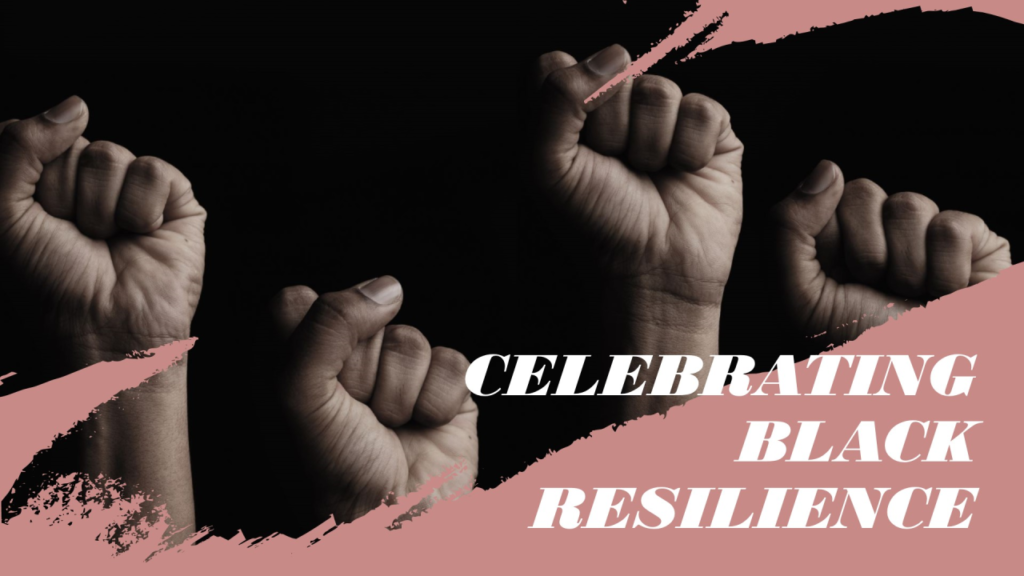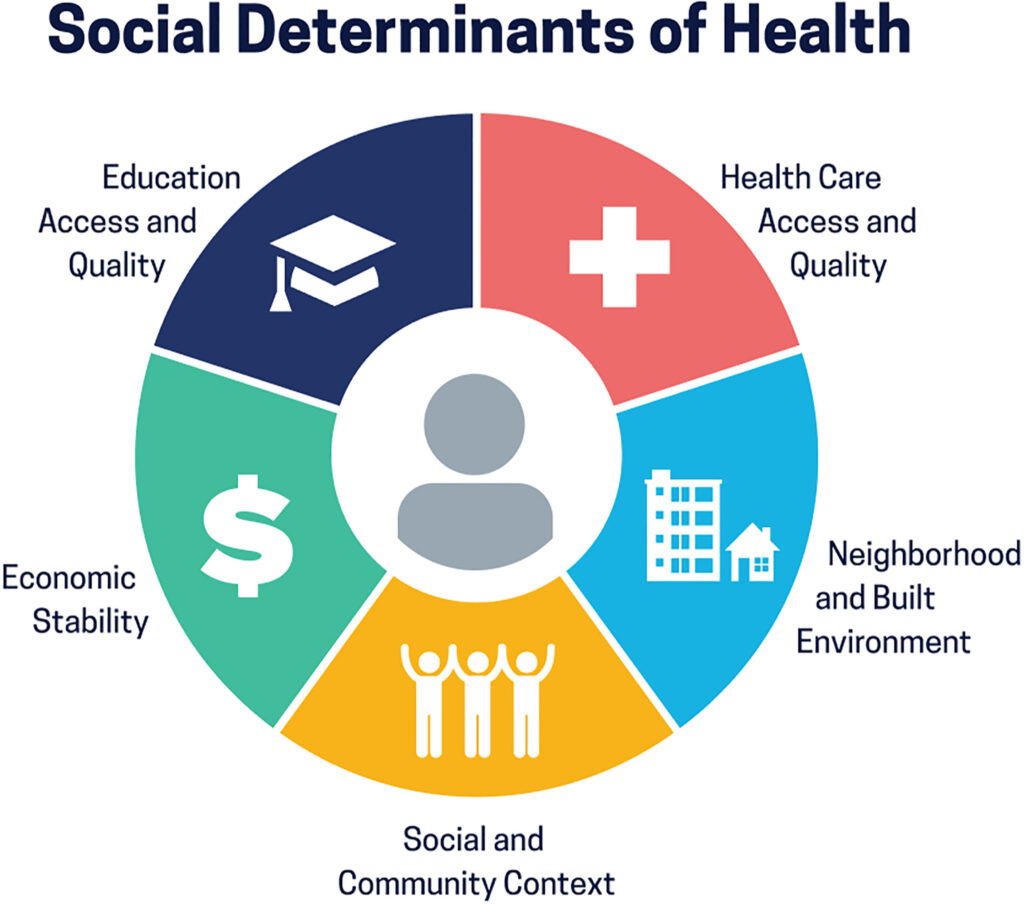Persistent disparities in resource access prompts a critical question about the way in
which individuals can bridge health gaps and improve care for Black Canadians. Individuals and
politicians consider this question as a challenging task that involves a significant amount of
work. However, researchers have repeatedly shown the steps that will address this gap and attain
care equity. Several authors provide evidence that in the healthcare and education fields, Black
clients interacting with Black professionals report a higher level of satisfaction, communication,
engagement, and overall results (Hopkins, 2002; Saha et al., 1999; Saha & Beach, 2020). This
research shows that Black representation within these fields plays a pivotal role in shaping the
lives of Black Canadians.
Black Canadians’ Perspectives on Patient Care Through Black Healthcare Professionals
Research has found that the influence of Black healthcare professionals on the Black
Canadian population has yielded a significantly positive impact on the health of this group.
Specifically, studies have shown that Black patients communicated openly, expressed
receptiveness to treatment recommendations, and reported satisfaction with services provided by
Black healthcare professionals (Hopkins, 2002; Saha & Beach 2020; Saha et al., 1999).
Moreover, in a study that involved semi-structured interviews, Moore et al. (2023) outlined
common themes expressed by Black patients when engaging with Black healthcare
professionals. These themes included feelings of increased comfort; stronger rapports with
providers; a more acute recognition about the societal underpinnings of racism and its
consequences; and a better understanding and acceptance of the patient’s racial and ethnic
background. Further research concurred with this data, as some studies found that Black patients
expressed a distinct preference for Black therapists (Cabral & Smith, 2011; Meyer & Zane,
2013) while another investigation found that service utilization was higher when Black patients
met with Black therapists rather than therapists of other races (Blank et al., 1994). Although
Black professionals clearly demonstrate a positive impact on the Black population, Black clients
also profoundly affect these healthcare professionals. Goode-Cross & Grim (2016) found that
when working with Black individuals, Black healthcare professionals experienced a distinct
sense of solidarity with their clients, which facilitated the ability to form and maintain
therapeutic connections. Lastly, a study from the United States found that in counties with a
greater number of Black health professionals, Black individuals lived longer, thus highlighting
that the presence of Black service providers and the ability of the Black population to access
these individuals improves the health of this population (Snyder et al., 2023).
Examining the Influence of Black Teachers on Black Canadian Students
In an effort to reduce the educational gap between White and Black Canadian students,
researchers have examined the impact of Black teachers on the outcomes of Black Canadian
students. Lindsay and Hart (2017) as well as Grissom et al. (2009) investigated the relationship
between students’ exposure to same-race teachers and student disciplinary outcomes. These
authors found that in comparison to classrooms led by White teachers, classrooms taught by a
Black teacher resulted in Black students experiencing lower rates of disciplinary sanctions.
Moreover, Dee (2004) and Dee (2005) randomly assigned kindergarten students to teachers of
either the same race or a different race. Their results showed that in comparison to students
taught by teachers of a different ethnicity, Black kindergarten students taught by a Black teacher
demonstrated increased achievement in reading and mathematics test scores. These performance
increases support the feelings and perceptions that Black students experience when taught by an
individual who shares a similar ethnic identity. Specifically, Warikoo (2004) and Auerbach
(2007) argue that teachers from minority backgrounds demonstrate greater consideration for the
cultural needs of ethnic minority students and can act as role models for these students. Lastly,
Gershenson et al. (2021) examined the graduation rates and college enrollment statistics of Black
students who were taught by at least one Black teacher in elementary school. The authors report
that in comparison to students that were never taught by a Black teacher, students with at least
one Black teacher were 13% more likely to graduate high school and 19% more likely to enroll
in college.
The Impact of Black Lawyers
A paucity of research exists on the experience of Black individuals with lawyers from
different ethnic backgrounds. However, King (2009) argues that Black lawyers and clients share
a racial identity. This commonality enhances the likelihood that Black clients will trust and
communicate more effectively with Black attorneys than with White attorneys. Further studies
are needed in this area to capture the experiences of Black clients with lawyers of different
ethnicities.
Representation of Black Professionals within Different Fields
The previous section outlined different experiences and benefits of Black clients
interacting with Black professionals, especially in the areas of healthcare and education. Despite
the benefit of same-race interactions, two significant obstacles exist in Black clients’ ability to
access Black professionals: the limited number of Black professionals in critical fields and the
difficulty in locating these professionals.
The Challenge of Limited Black Canadian Professional Representation in Crucial Fields
The first obstacle involves the limited availability of Black Canadian professionals in
crucial fields, posing a substantial challenge to ensuring that all Black individuals can access the
benefits that such interactions provide. This obstacle stems from systemic issues such as the cost
of degrees or certifications required for practice and the overall admission of Black individuals in
professional programs as well as the recruitment and retention of Black Canadians in
professional fields. According to the 2016 Census from Statistics Canada (2023), only 580 of the
31,320 elementary and high school teachers in Canada were Black, representing only 1.8% of the
total population of teachers. Moreover, the 2016 Census outlines that in Ontario, only 2.3% of
Ontario’s total physician workforce comprises Black Canadians. A report by Tam and
Whitcombe (2012) found that in 2006, only 55 out of 10,685 (0.5%) lawyers in British Columbia
were Black. Another report by Ornstein (2016) found that only 1,083 out of 42,434 lawyers in
Ontario were Black. Overall, this information highlights the alarming underrepresentation of
Black Canadians in various professional fields.
The Struggle in Finding Black Professionals
The second obstacle entails the difficulty that Black Canadians experience in finding and
accessing Black professionals due to their limited representation in various fields. Part of this
second challenge stems from the first problem, which involves systemic issues. However, the
second obstacle, which involves Black Canadians’ inability to locate and access the services of
Black professionals, requires targeted efforts to increase the visibility of Black Canadian
professionals. One approach that can address this obstacle concerns the creation of a centralized
platform that acts as a hub for the Black Community to discover Black Professionals in their
proximity. This project, a website known as AfroProUnity, would not only enhance the visibility
of the few Black Professionals in various areas but also provides valuable resources that attempt
to overcome many of the barriers discussed in the previous sections.




